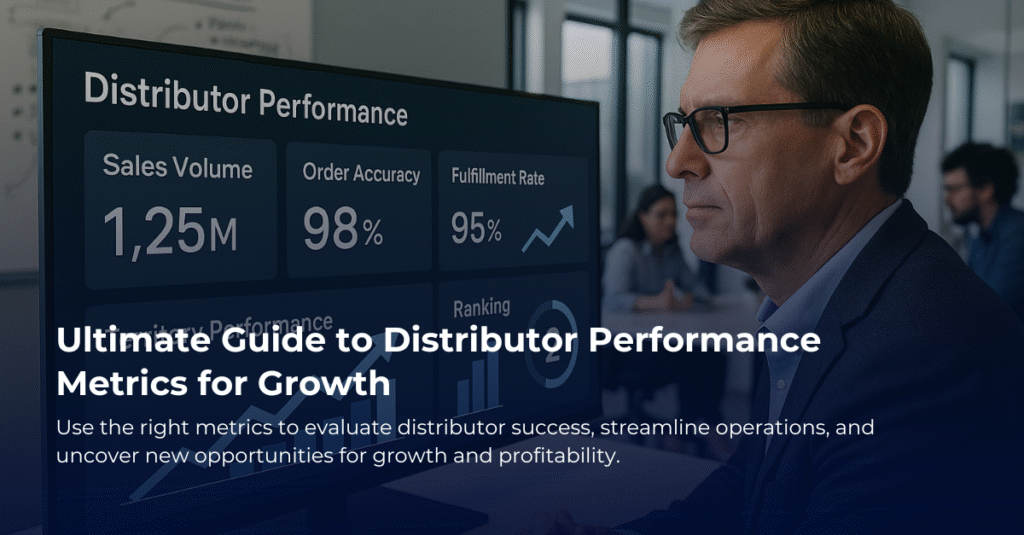Understanding Distributor Performance Metrics: A Before and After Approach
Have you ever made a decision, only to realize later that you missed a crucial piece of information? Maybe you bought a car because it looked great, but later found out that the fuel efficiency was terrible. In business, we often face similar situations, especially when it comes to measuring performance. So, what’s the deal with distributor performance metrics? How do they really affect growth in your business?
Let’s break it down in a straightforward way. Distributor performance metrics include various statistics and data points that help you evaluate how well your distributors are doing. Think of it as checking your car’s dashboard before a long trip. You want to know how much gas you have, how fast you’re going, and if anything needs fixing before you hit the road.
Before: The Old Way of Measuring Performance
Think back to a time when you might have relied only on sales numbers to judge a distributor’s success. Sure, sales figures are important, but they don’t tell the whole story. A distributor might show strong sales, but what if they returned a lot of products? What if their costs were so high that profit margins were nearly nonexistent?
- Sales Volume: Just looking at sales volume can be misleading. What if a lot of those sales were to just a few customers, leaving you vulnerable?
- Returns: High return rates can indicate problems in quality or mismatched expectations.
- Delivery Times: If your distributor is slow to ship, it can impact customer satisfaction and future sales.
The old way was often limited—just a snapshot of the performance canvas. It’s like viewing a painting up close and missing the broader strokes that tell the whole story.
After: Embracing Comprehensive Metrics
Now, let’s talk about what happens after you decide to take a more comprehensive approach. Collecting the right distributor performance metrics can drive growth like nothing else. Here are some key metrics to consider:
- Fill Rate: This metric measures how well a distributor meets order quantities. A high fill rate means they’re reliable.
- On-Time Delivery: Reliability matters. If products arrive late, it disrupts your whole supply chain.
- Cost Efficiency: Understanding the costs involved per order helps you manage your budgets better.
- Customer Satisfaction: Collecting feedback can give you insight into how a distributor is perceived in the market.
When you have a well-rounded view of these metrics, you can make more informed decisions. It’s like seeing that whole painting from a distance, where every brushstroke comes together for a clearer picture.
Real-World Example: A Success Story
Let me share a real-world example. A company that distributed fresh produce wasn’t initially monitoring their distribution metrics closely. Their sales looked great, but they soon discovered that their delivery times were inconsistent. After diving into the metrics, they found a pattern: certain routes consistently led to late deliveries. By addressing this issue and optimizing their logistics, they not only improved delivery times but also boosted customer satisfaction and retention.
The Takeaway
So, what’s the key takeaway here? Measuring distributor performance through diverse and insightful metrics offers a deeper understanding of both challenges and opportunities. It shifts your approach from simply reacting to problems after they arise to proactively improving performance and boosting growth.
Next time you’re evaluating a distributor, don’t just look at the surface numbers. Dig deeper into how they are really performing, and get ready to pave the way for sustainable growth in your business.







